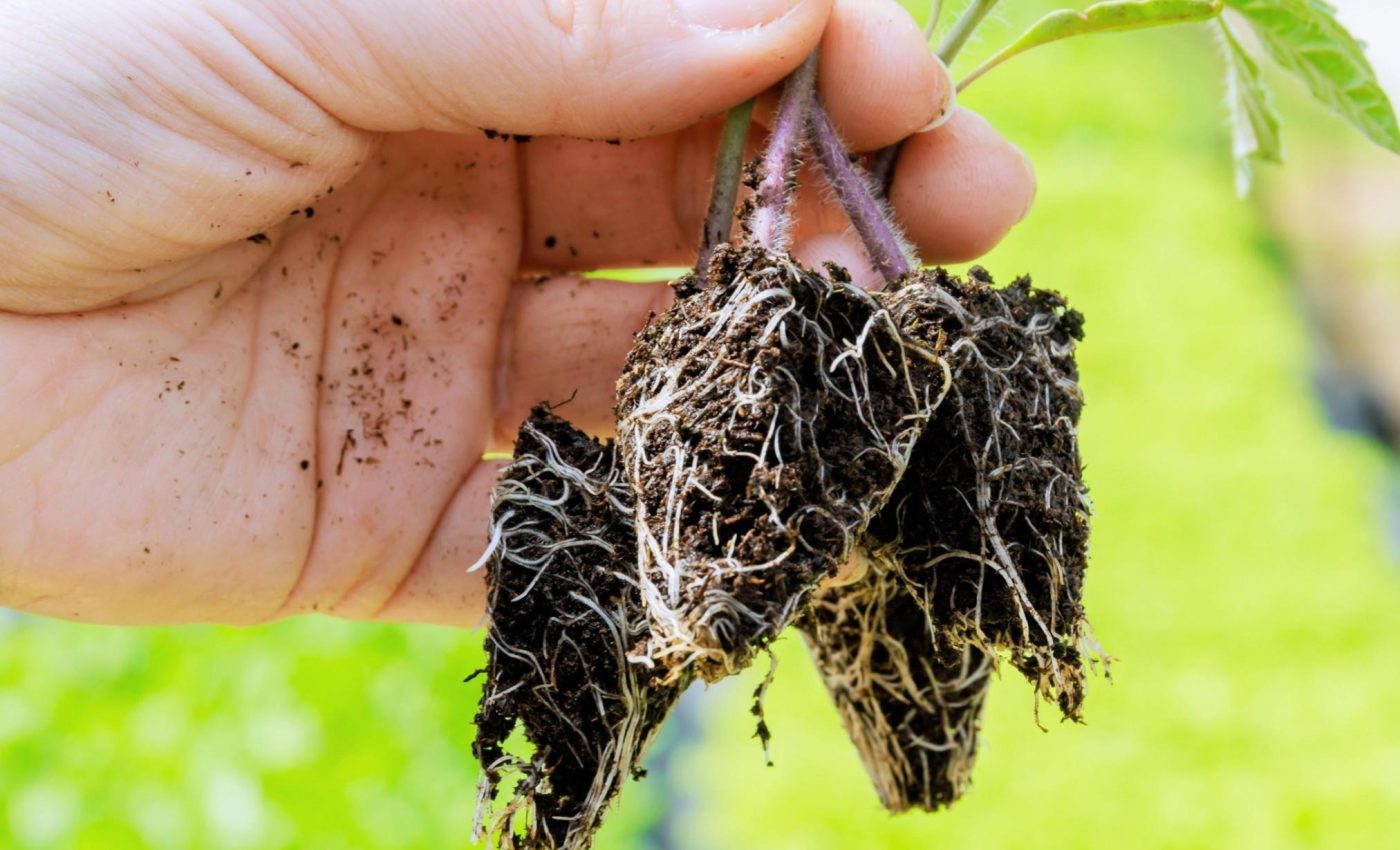
Plants have a secret way of 'breathing' beneath the soil
We’ve long been taught that plants breathe in carbon dioxide through their leaves, convert it into food using sunlight, and release oxygen back into the air. Roots, according to textbooks, simply absorb water and minerals from the soil.
But it turns out we missed half the story. A recent study led by Dr. Amiran Khabidovich Zanilov of Kabardino-Balkarian State University reveals that roots can also absorb carbon dioxide directly from the soil.
This quiet process changes how we understand plant life and the carbon cycle itself.
Roots absorb carbon
To test this idea, Dr. Zanilov’s team built a custom system with two airtight chambers – one for leaves and another for roots. Each chamber contained sensors that tracked carbon dioxide levels in real time.
Nineteen maize plants grew in this setup for forty days while light, fertilizer, and air conditions were changed one at a time.
The results were surprising. When sunlight disappeared and photosynthesis stopped, the roots began pulling in carbon from the soil air. Leaves released carbon dioxide, but roots absorbed it, creating a balance.
“This suggests that root-based CO₂ absorption isn’t just a curiosity – it may be an alternative carbon nutrition pathway,” said Dr. Zanilov. “When light is abundant, roots might help buffer or supplement carbon supply, especially under fluctuating atmospheric conditions.”
Light changes root activity
The team discovered that roots become active when air carbon levels drop to about 417–367 parts per million (ppm). That’s roughly what we breathe today. So this isn’t just a lab trick – it’s likely happening in farms and forests everywhere.
The study also showed a strong link between leaf and root behavior. When leaves stopped absorbing carbon, roots immediately took over. The correlation between them was -0.859, showing a direct and predictable handoff between the two.
Plants under brighter light acted differently. Their leaves didn’t start breathing out carbon right after sunset. Instead, they waited about 80 minutes. The extra light gave them more stored energy, letting the internal system stay calm longer before switching to night mode.
Fertilizer disrupts carbon flow
Adding ammonium nitrate changed the rhythm. The fertilizer made leaves respire more but absorb less carbon during the day. Daytime uptake dropped from 92.3 to 70.4 ppm compared with unfertilized plants.
“The nitrogen boost comes at a cost,” said Dr. Zanilov. “It appears to shift the plant’s energy balance, increasing metabolic activity but temporarily reducing its ability to fix carbon during the day. Farmers may need to consider timing and dosage to avoid undermining photosynthetic efficiency.”
In short, the fertilizer gave plants more nitrogen but disrupted their carbon rhythm. The roots also responded by releasing carbon first, then absorbing it again days later.
The researchers noticed that nitrogen fertilizers can accelerate soil microbial activity, breaking down organic matter faster. To keep soils stable, they suggest adding straw or compost to restore lost carbon.
High carbon stops absorption
What happens when carbon dioxide levels rise too high? The experiment answered that too. When the team increased air carbon from 500 to 1,500 ppm, the roots stopped absorbing it altogether.
The direction of gas flow reversed. High carbon in the air made it harder for roots to draw any from the soil.
That finding points straight at the future. As global carbon levels rise, this hidden root mechanism may weaken. The plants might need new ways to keep their underground carbon exchange alive.
Roots rewrite carbon science
Scientists used to think roots only released carbon dioxide through respiration. This study rewrites that idea. Under normal light and soil conditions, roots can act as carbon absorbers, not just emitters. That means carbon models and farming practices need a rethink.
Dr. Zanilov’s team believes managing light, fertilizer, and soil moisture could strengthen this process, helping crops capture more carbon while growing better.
This could make agriculture more climate-aware without relying only on external carbon removal methods.
A quiet revolution in Nalchik
The study comes from the Center for Decarbonization of the Agro-Industrial Complex and Regional Economy at Kabardino-Balkarian State University Named After H. M. Berbekov in Nalchik, Russia.
Far from the usual research capitals, this group built something remarkable – an experiment that made roots breathe before our eyes.
“This work shows that breakthroughs don’t always come from big cities or well-funded labs,” said Dr. Zanilov. “Sometimes, they grow quietly – in a controlled chamber, in the roots of a maize plant, waiting to be seen.”
The study is published in the journal Carbon Research.
—–
Like what you read? Subscribe to our newsletter for engaging articles, exclusive content, and the latest updates.
Check us out on EarthSnap, a free app brought to you by Eric Ralls and Earth.com.
—–













